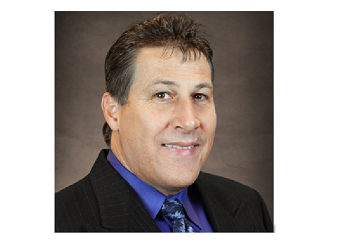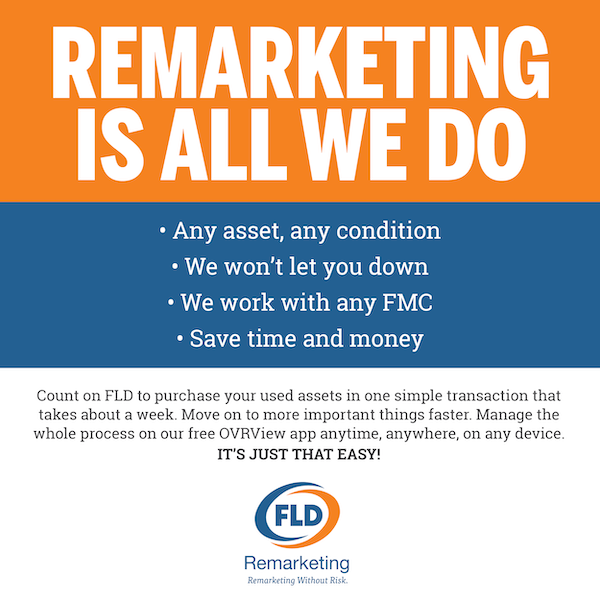
By John Wolford, CEI director of client and provider services
How much should you pay for a tow? $100? $200? How about $8,000?
That’s how much one Canadian driver was asked to pay last year to get his car back from a body shop where a freelance tow truck took him after a rear-end collision in suburban Toronto. It’s part of a racket between repair shops and hungry tow truck operators to take advantage of unsuspecting drivers, and it’s happening all across North America.
$8,000 is the biggest amount I’ve ever heard, and it was for “administrative” and “storage” charges for a vehicle that had only arrived at the shop a couple of days before. This is an extreme example, but in this kind of situation sometimes the only remedy is for the driver to threaten or take legal action – which only adds to the vehicle’s time out of service.
Drivers are being hit for a lot less than that, but it’s not unusual for a driver to be charged hundreds of dollars in unnecessary and unjustifiable fees, including for things like “cleanup,” “handling,” and “administration charges,” as well as daily storage fees.
How does it happen? Rogue tow truck operators listen to accident reports over police scanners and rush to the scene often even before the police and without police knowledge. They then offer to tow the vehicle to a shop they vouch for – the one who pays them a “finder’s fee” of a couple of hundred dollars.
Worse, sometimes the vehicle doesn’t even need to be towed, because the damage leaves it drivable – but the driver has already been hoodwinked. Because the tow truck operator is an agent for the repairs, that decision, too, is taken out of the hands of the driver; and when it’s a fleet vehicle, it’s almost certain the shop is out of the fleet’s trusted network of shops. If the driver later says he or she wants a different shop to do the repairs, they’re told there’s an outrageous fee required to be paid before the shop will let the vehicle be moved. Sadly, the driver often feels forced to agree to let that shop do the repairs just to avoid those outrageous charges.
If your fleet uses the services of an accident management provider like CEI, and one of your drivers succumbs to this trick, you run the risk of having the repair in the hands of a shop of unknown quality, and someone who has already displayed questionable business practices. In most cases it is still worthwhile to pay for a second tow to have the vehicle moved to a pre-qualified shop in the provider’s network, but the second tow charge could have been avoided if the driver had been properly alerted.
Every fleet driver needs to be made aware of the possibility that they’ll be approached by one of these rogue tow truck operators. Knowing that the police will call a tow truck, these scammers will ask the driver to sign a “direction of pay” and/or repair authorization document before the cops arrive, committing to both the tow and the repair shop, and making it even more difficult to have the vehicle moved after it’s been towed the first time.
To protect yourself and your repair budget, it’s a good idea to remind your drivers periodically that if they have an accident that requires a tow, to follow the guidelines established by your company; and that, if the vehicle needs to be moved before you or your accident management provider arranges for a tow, to wait for the tow truck that’s been called by the police.

